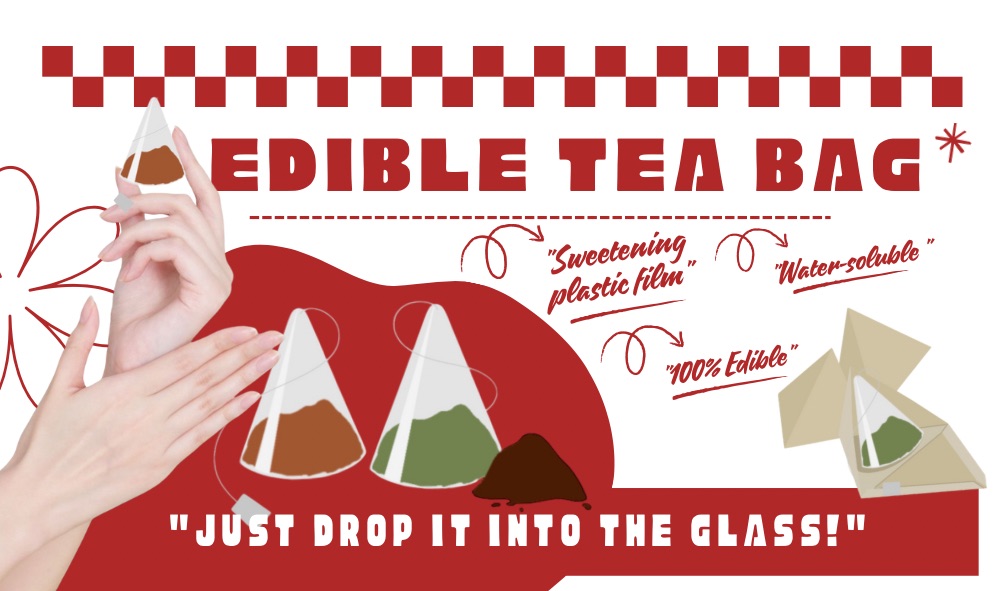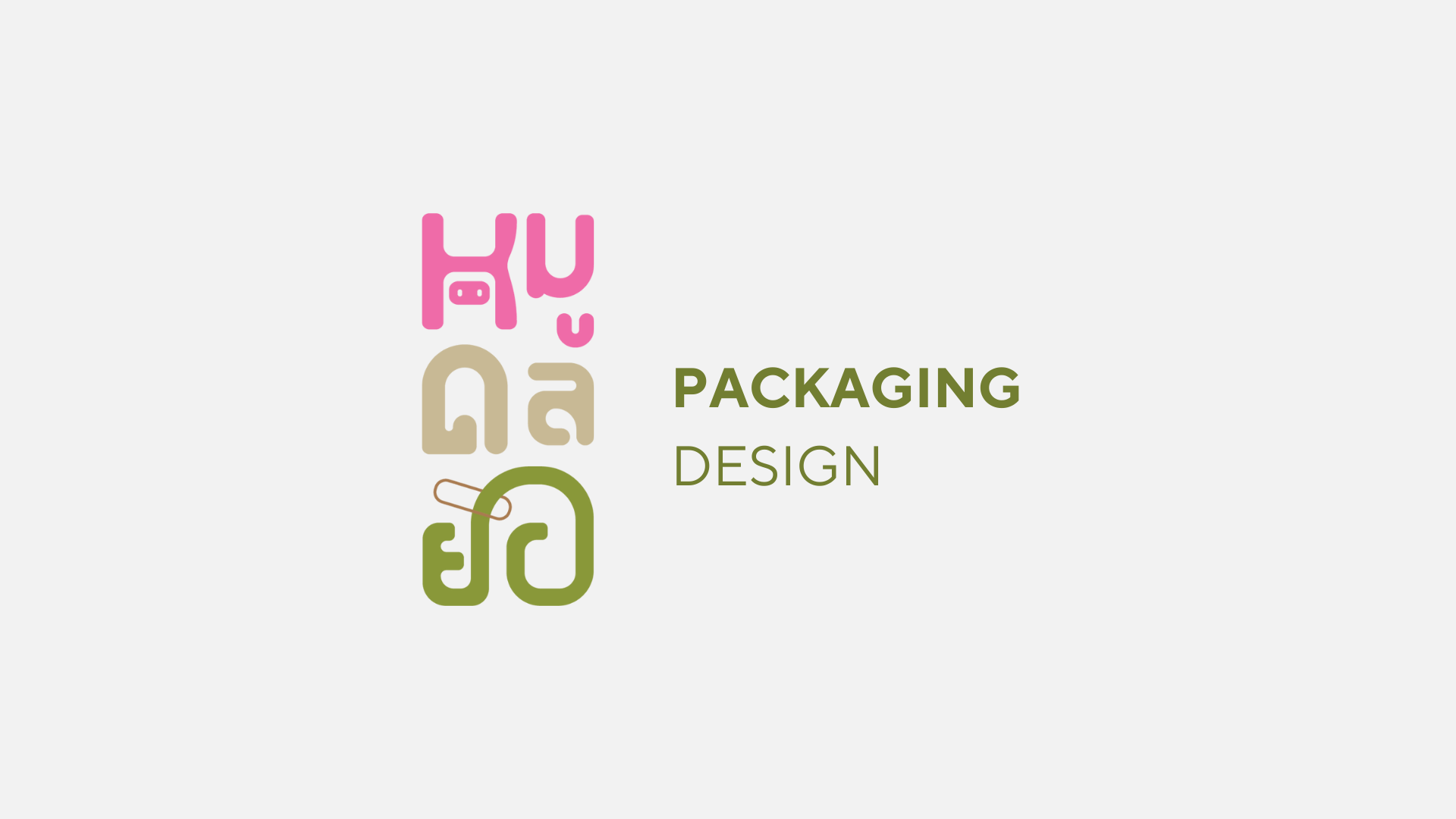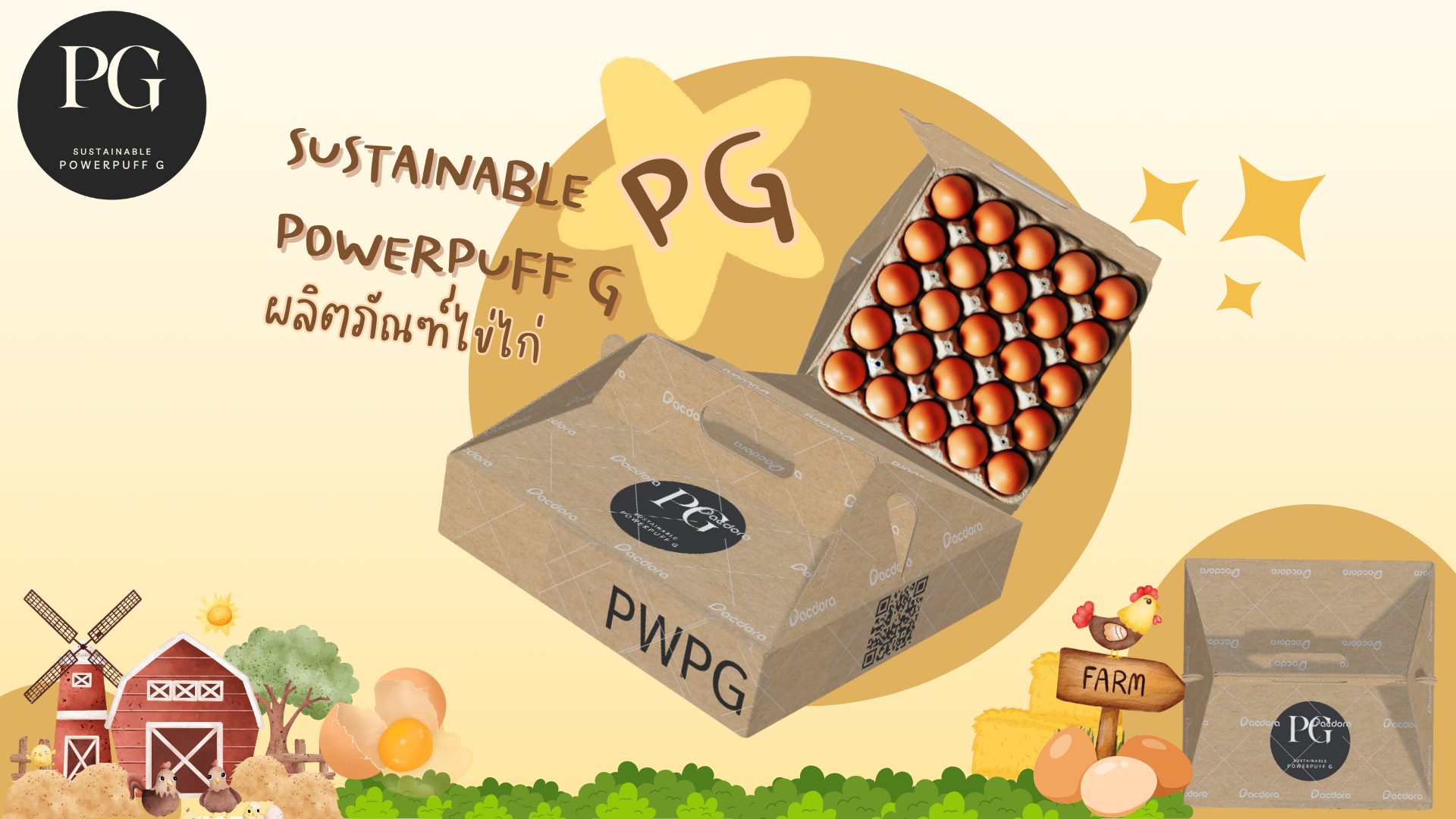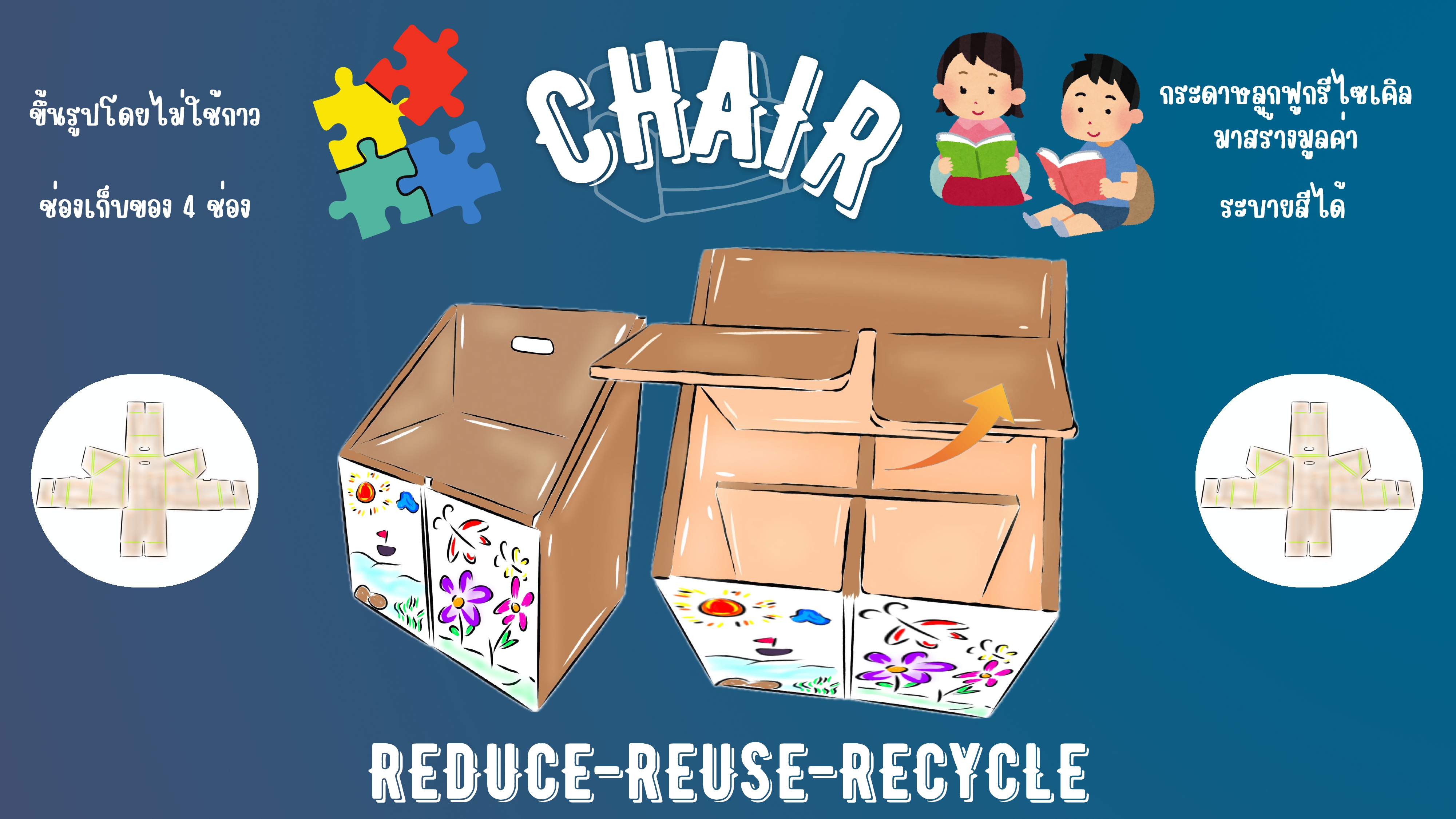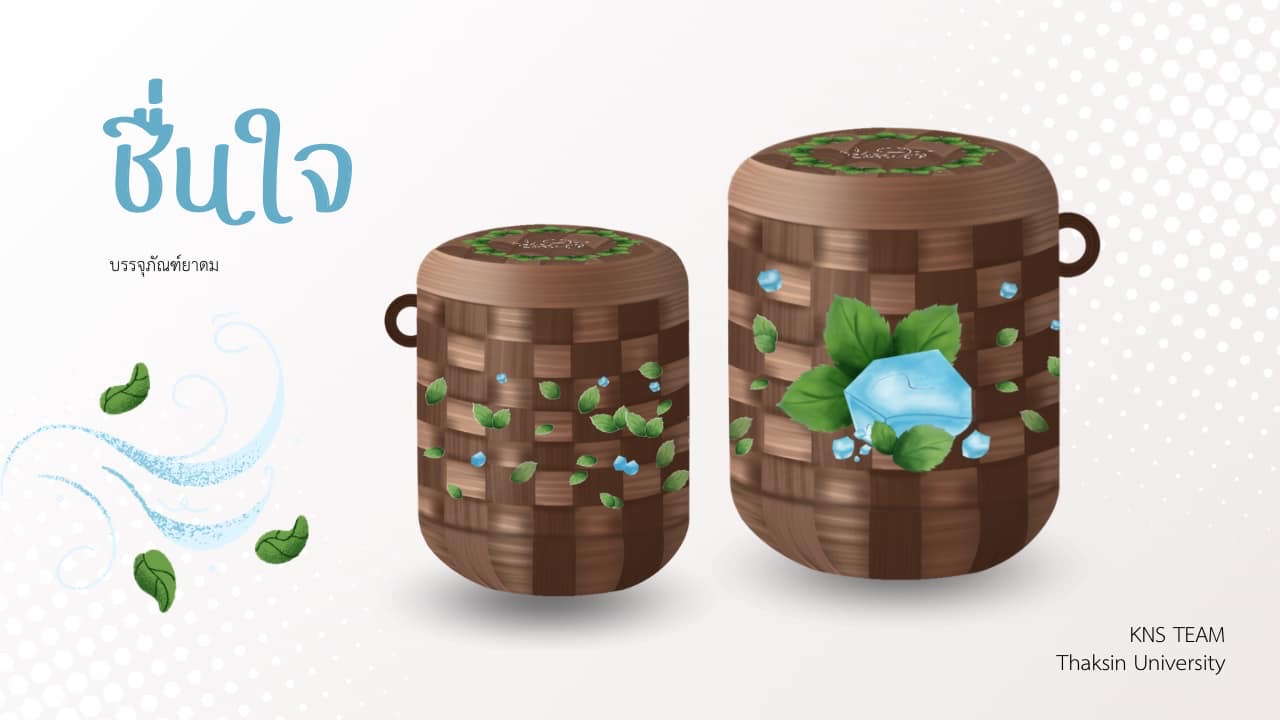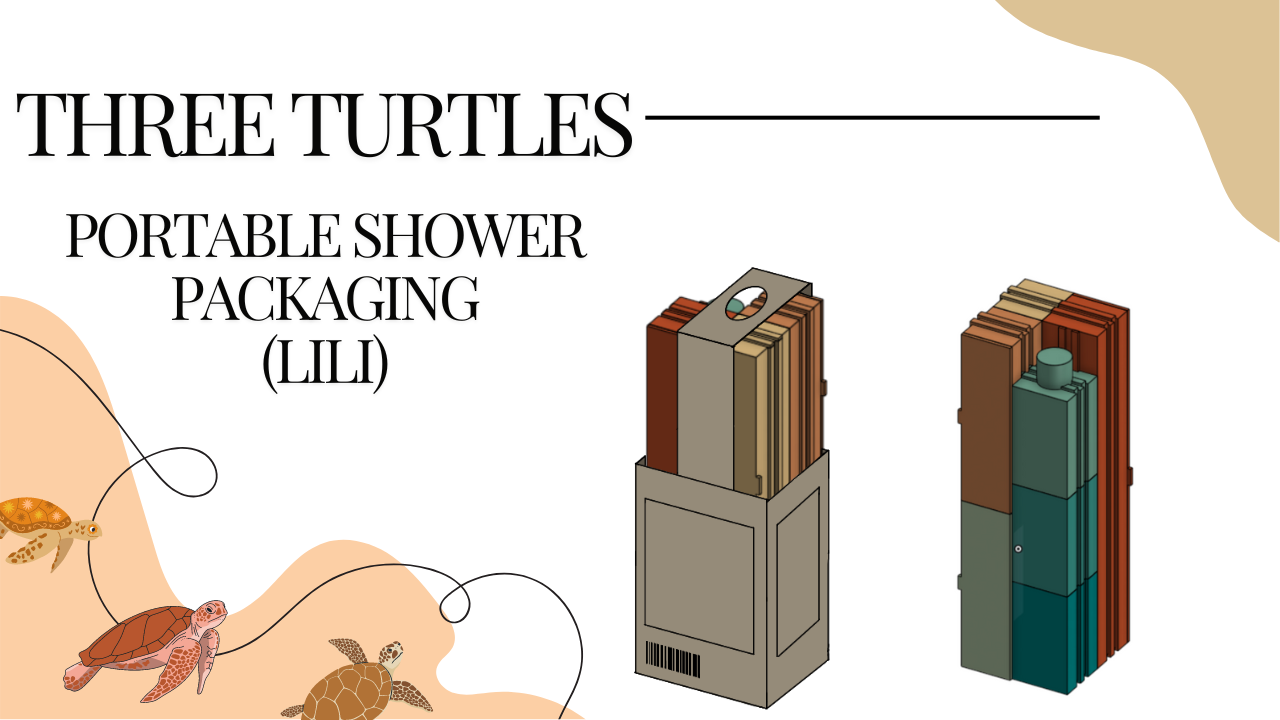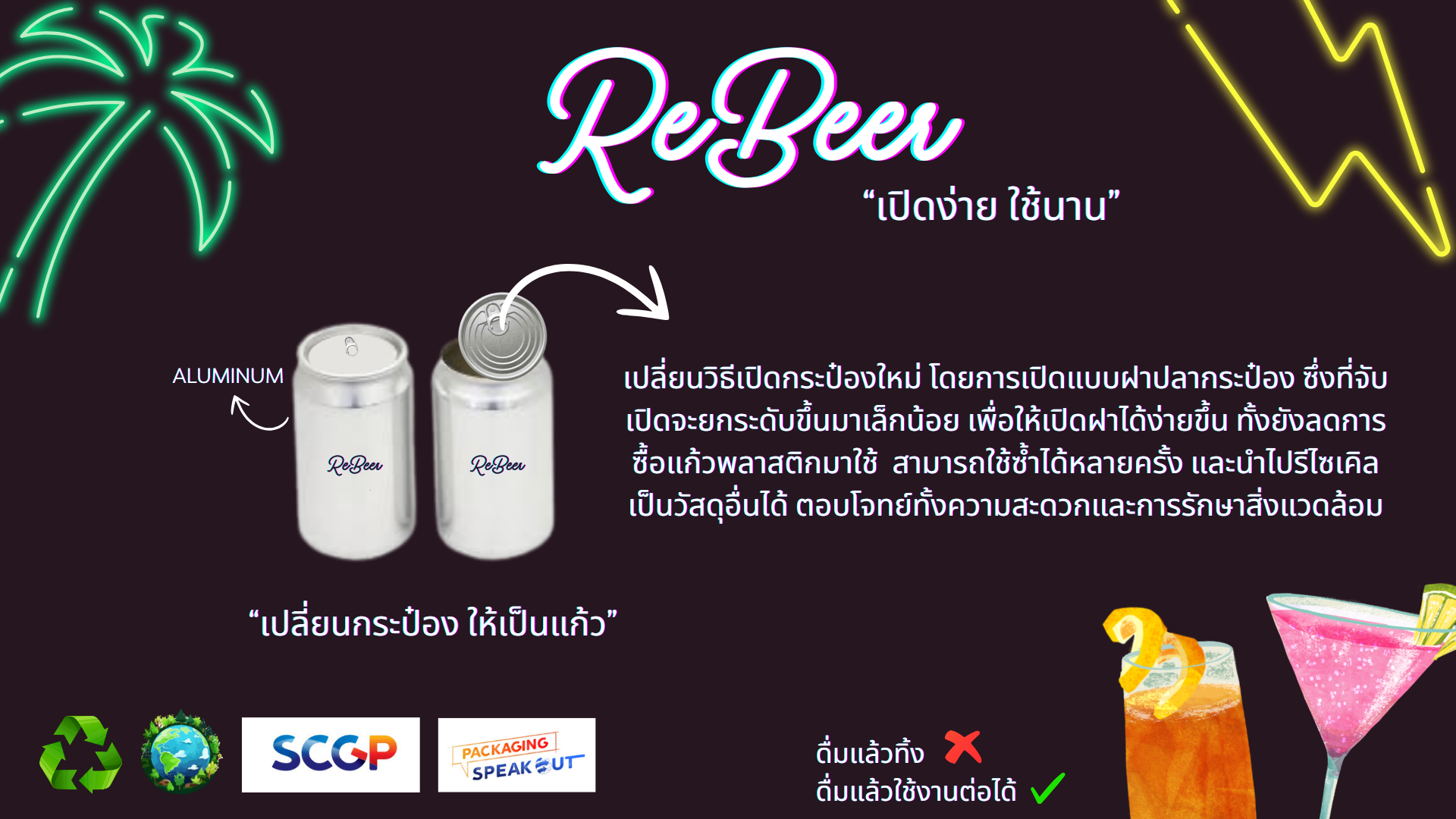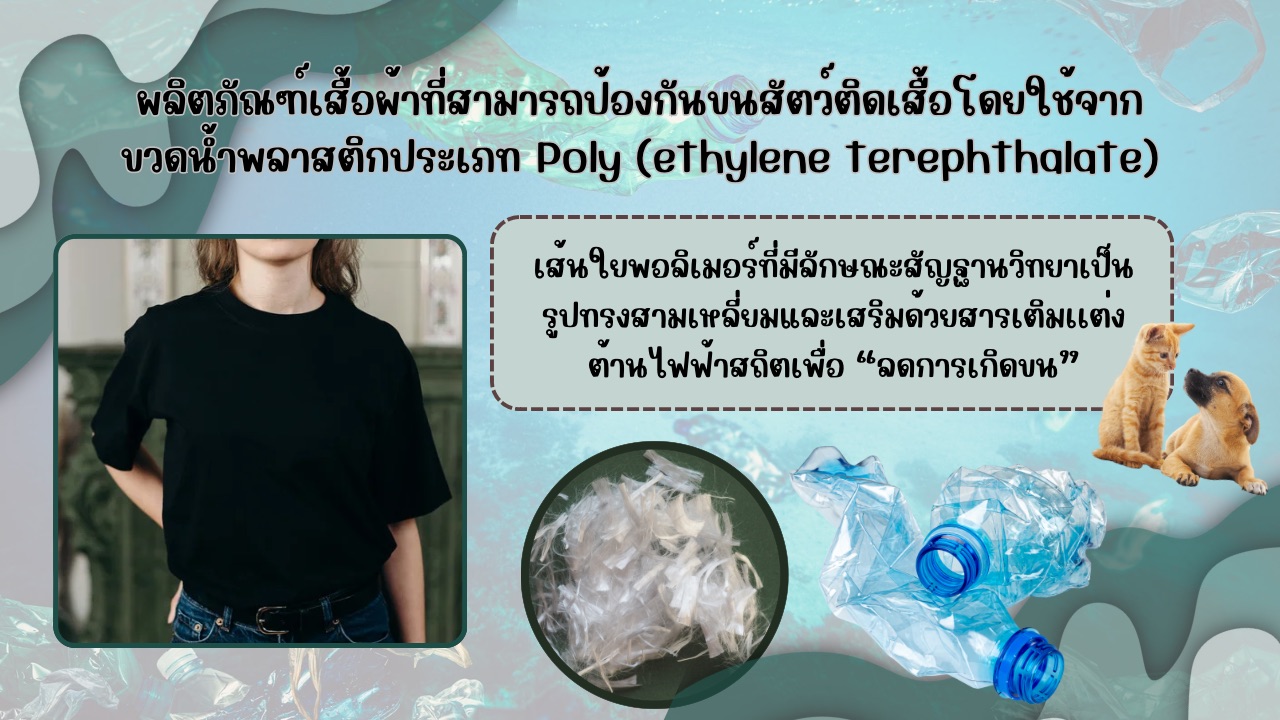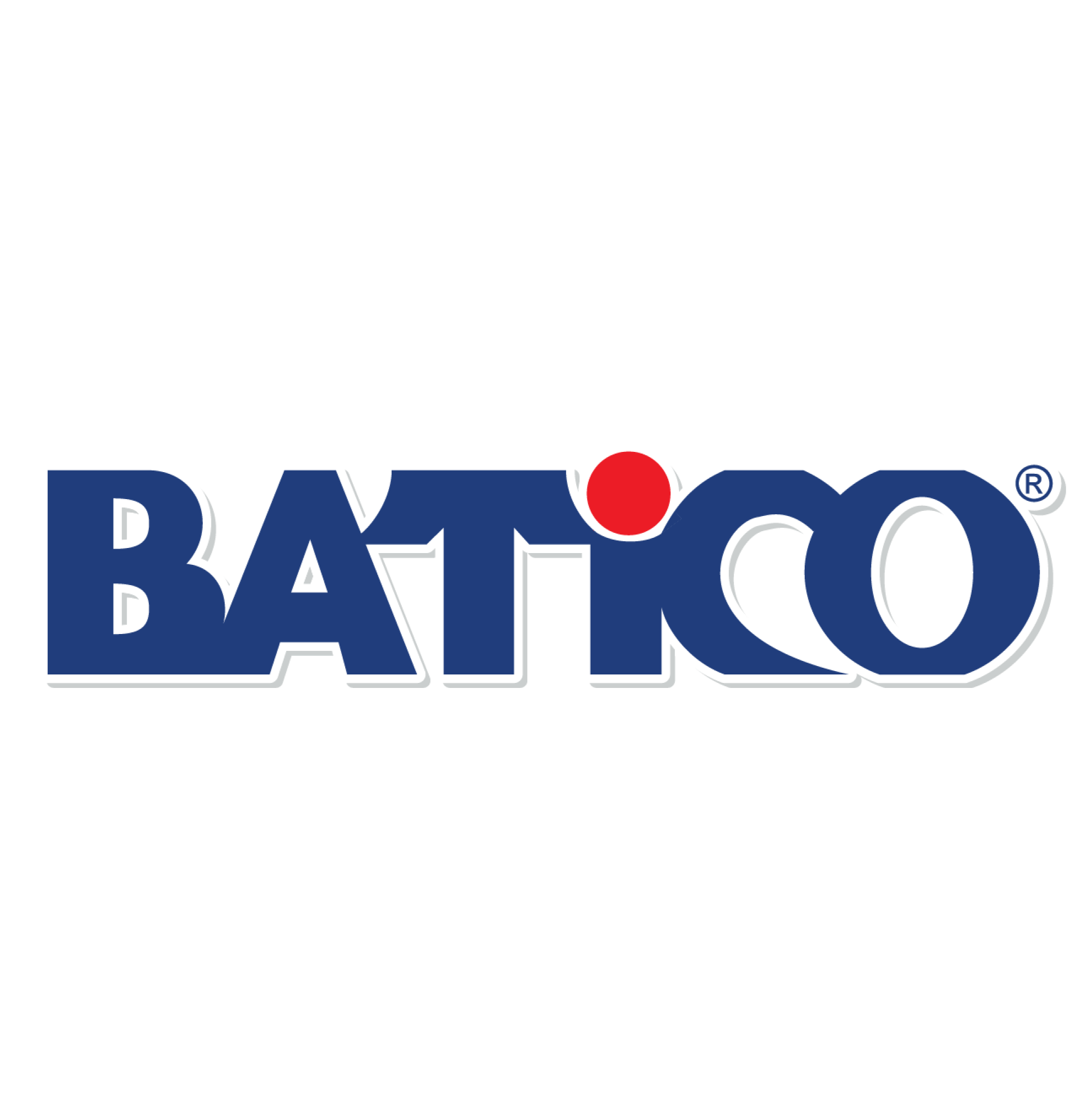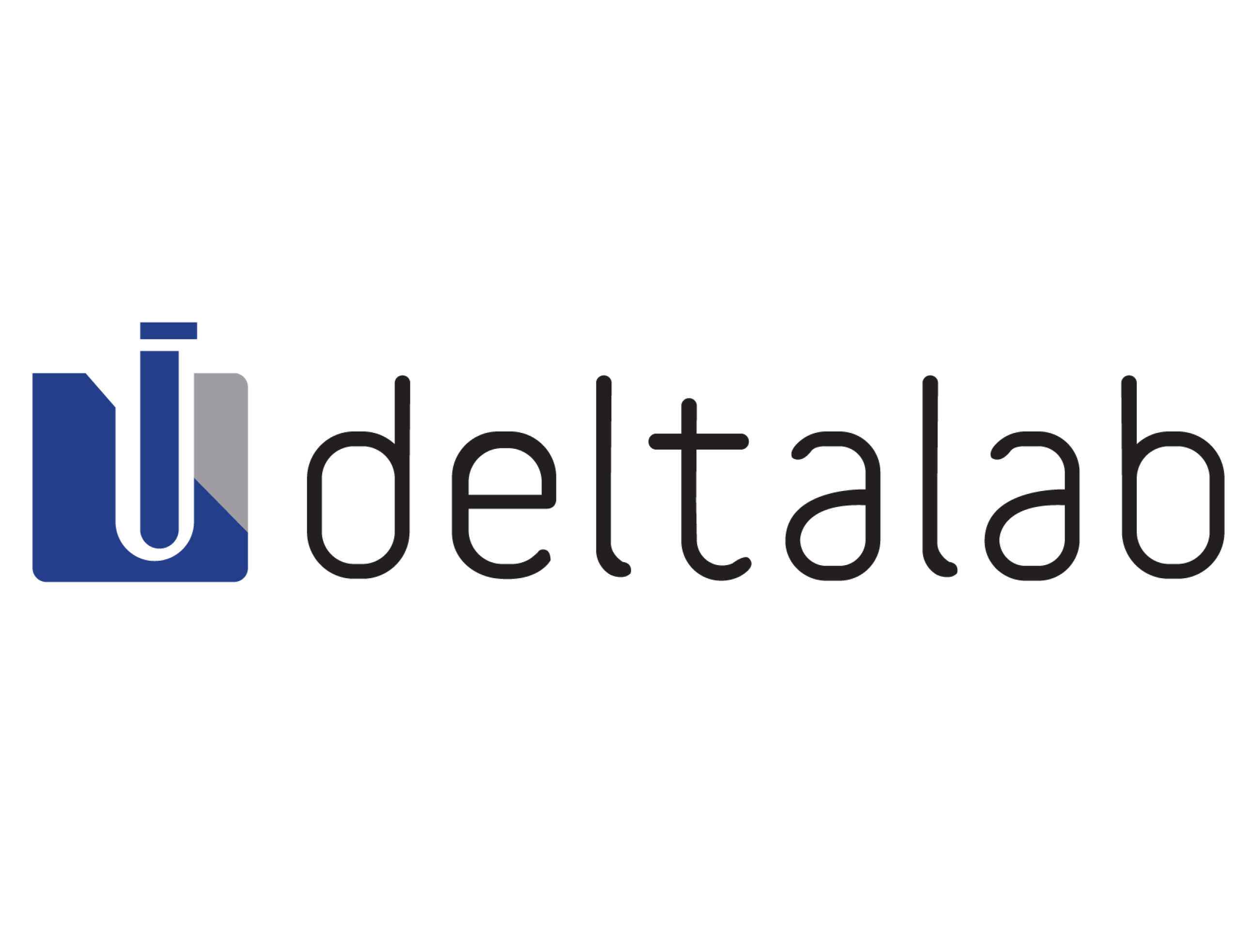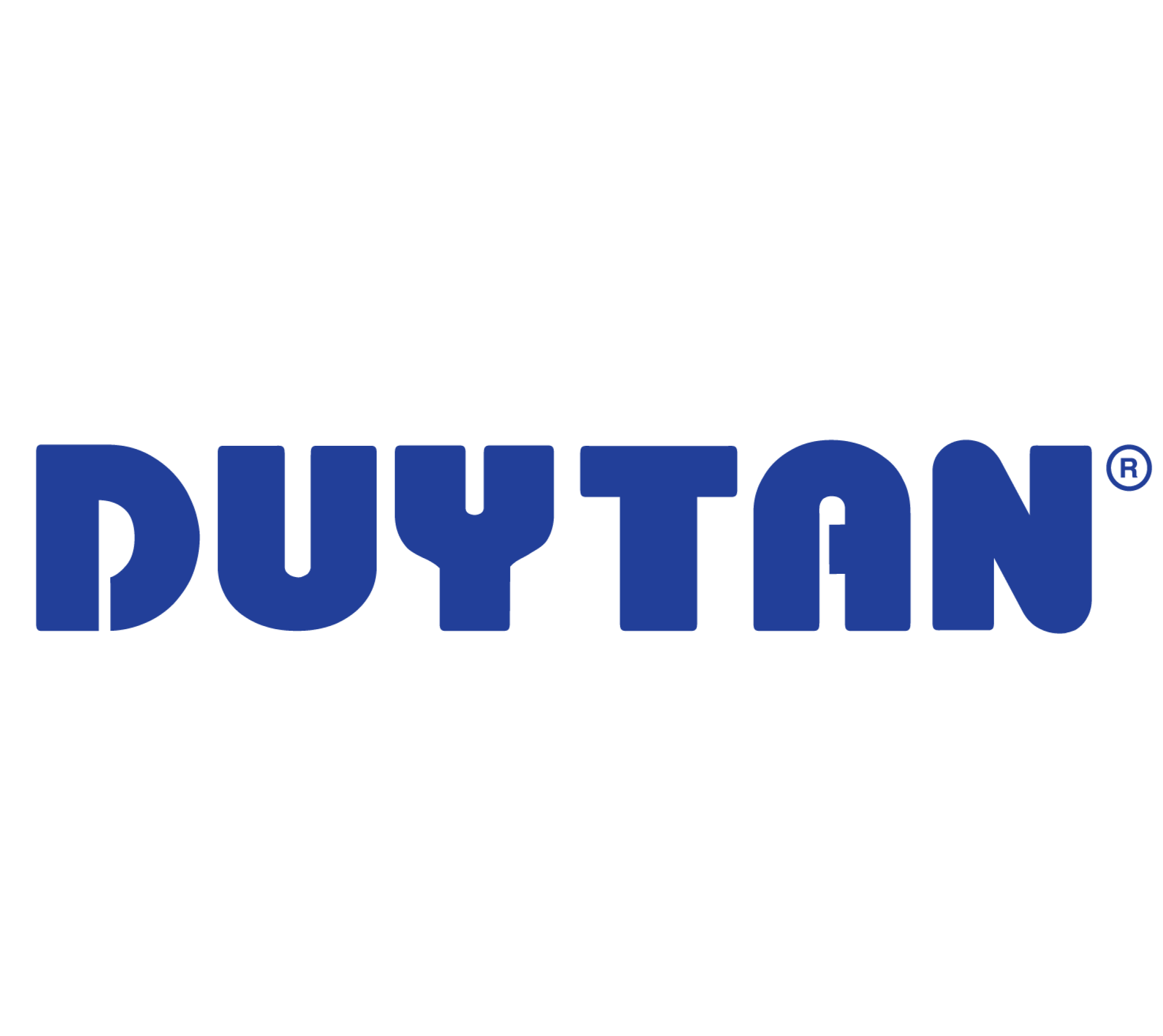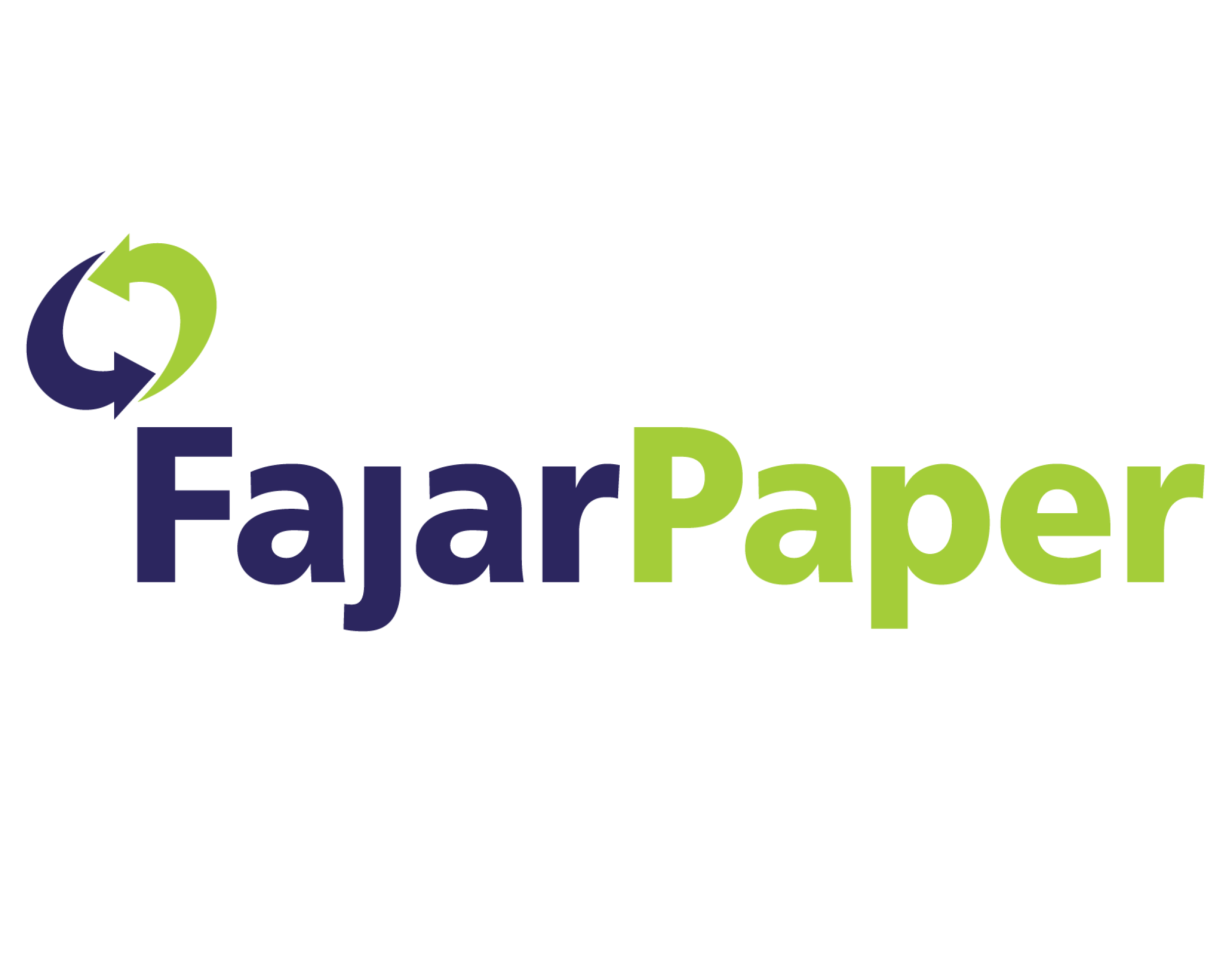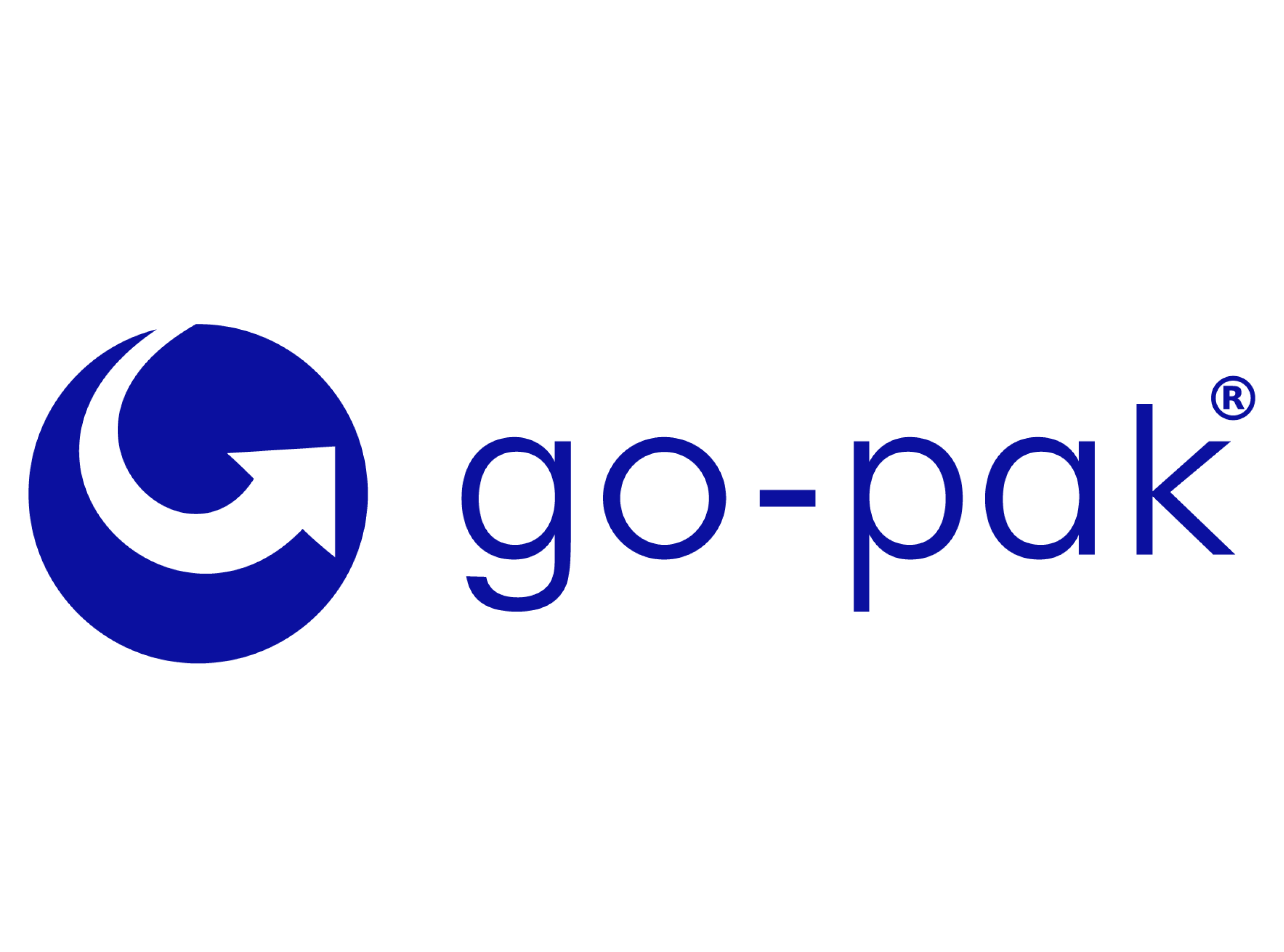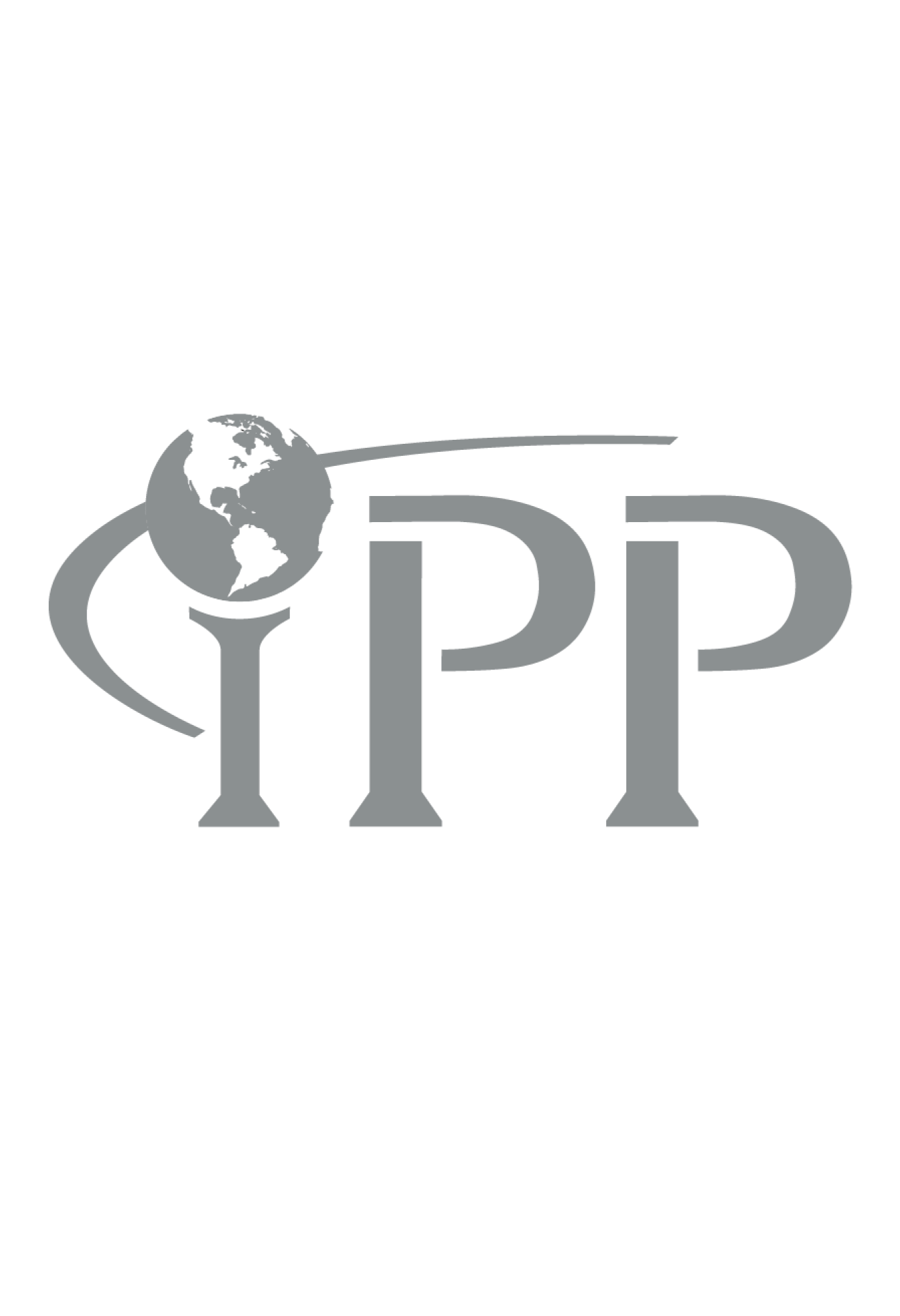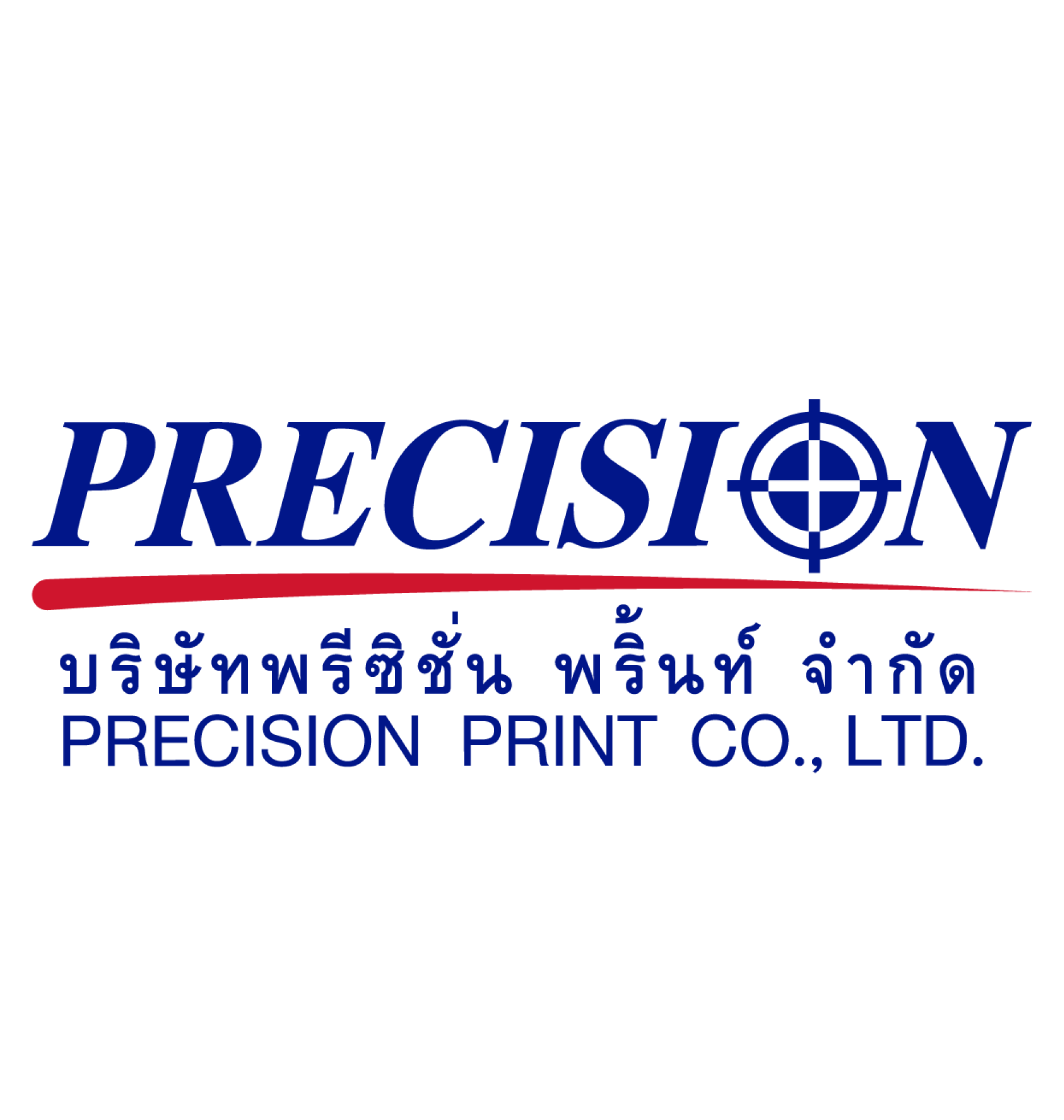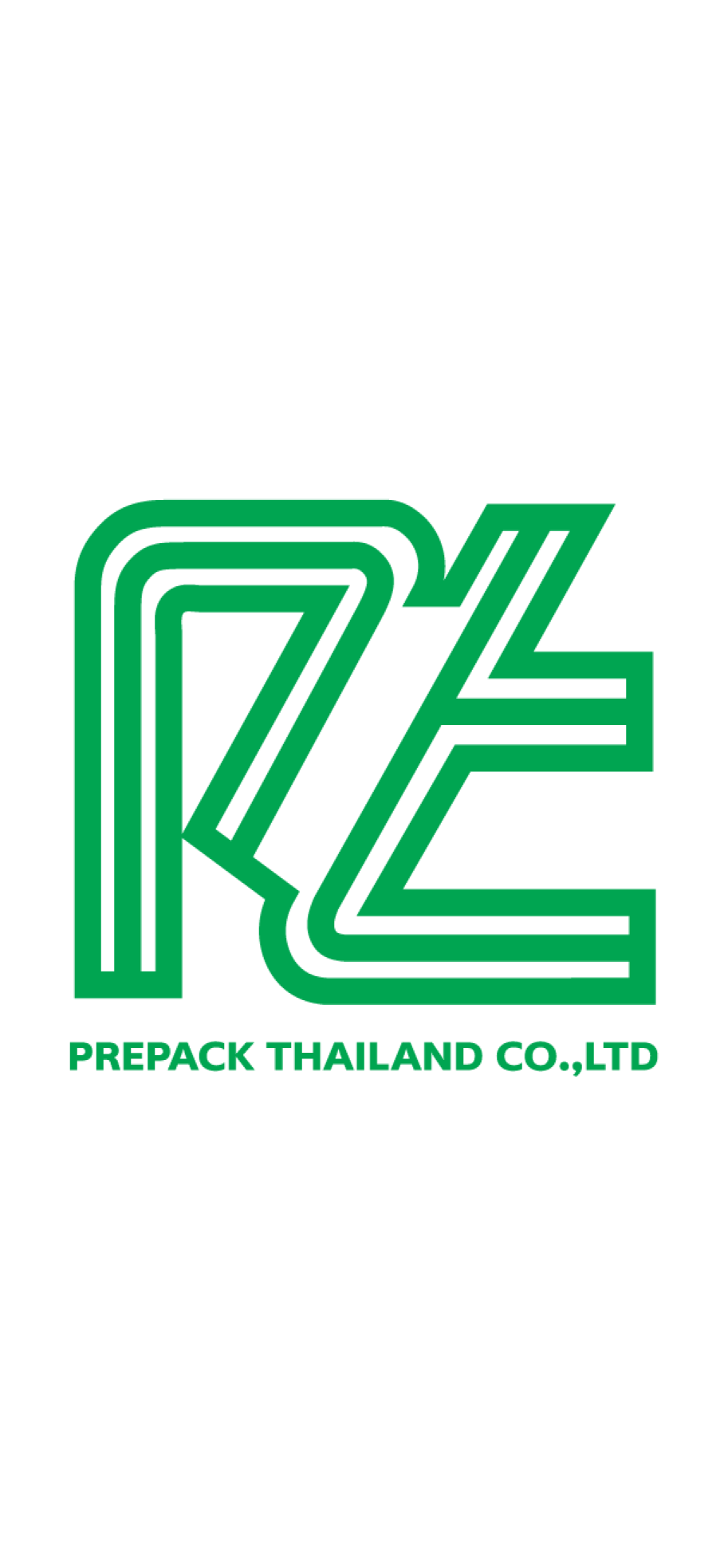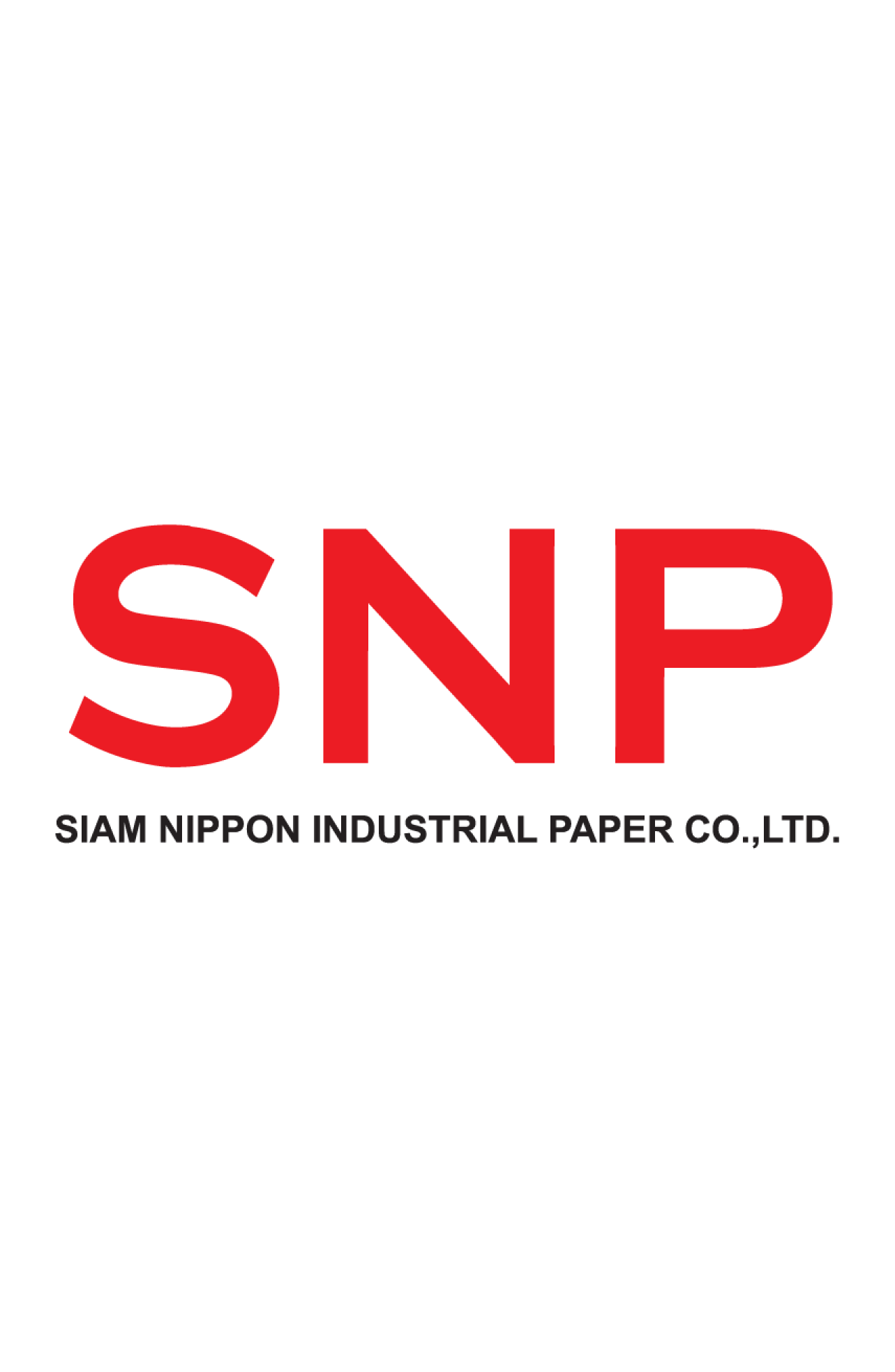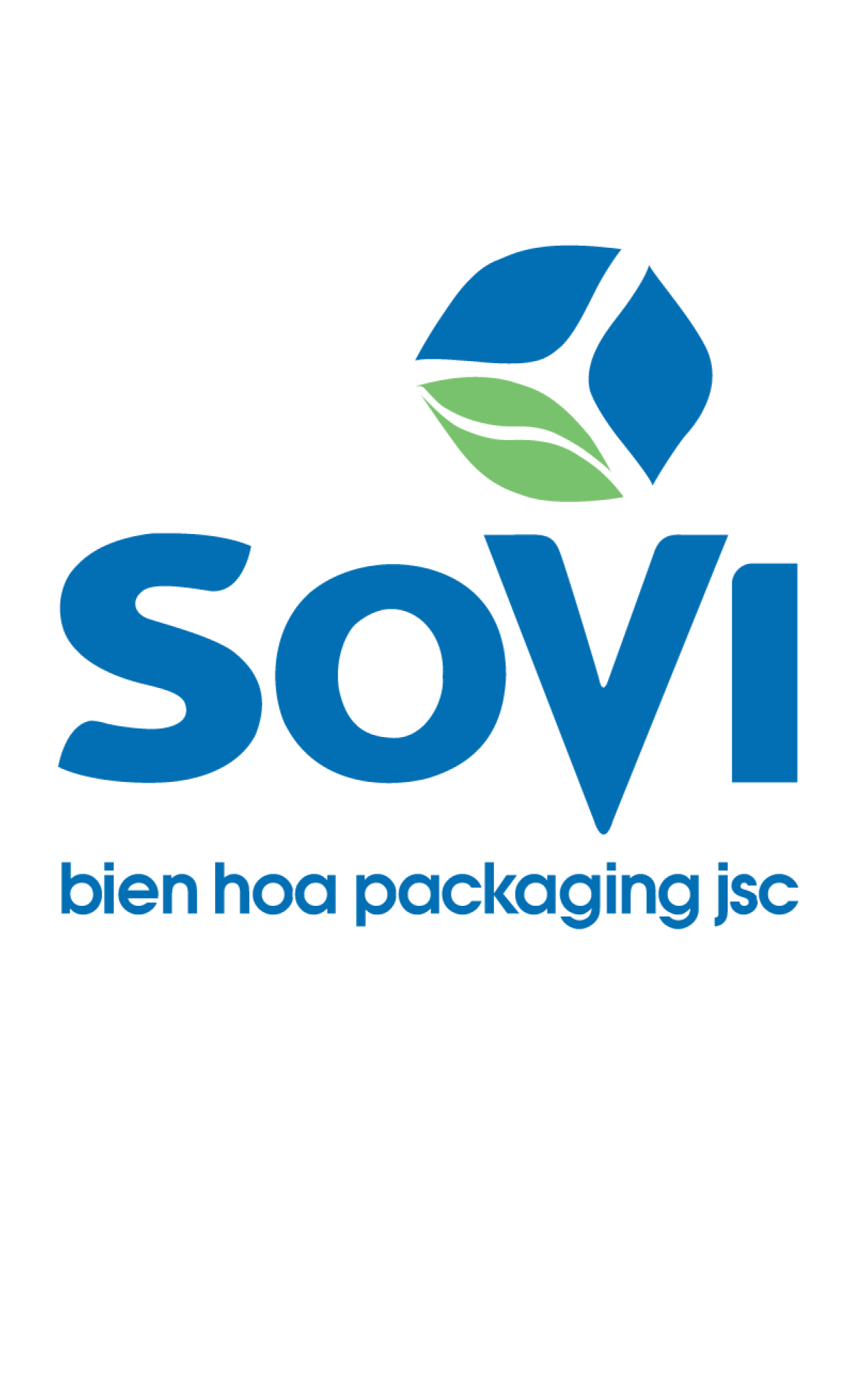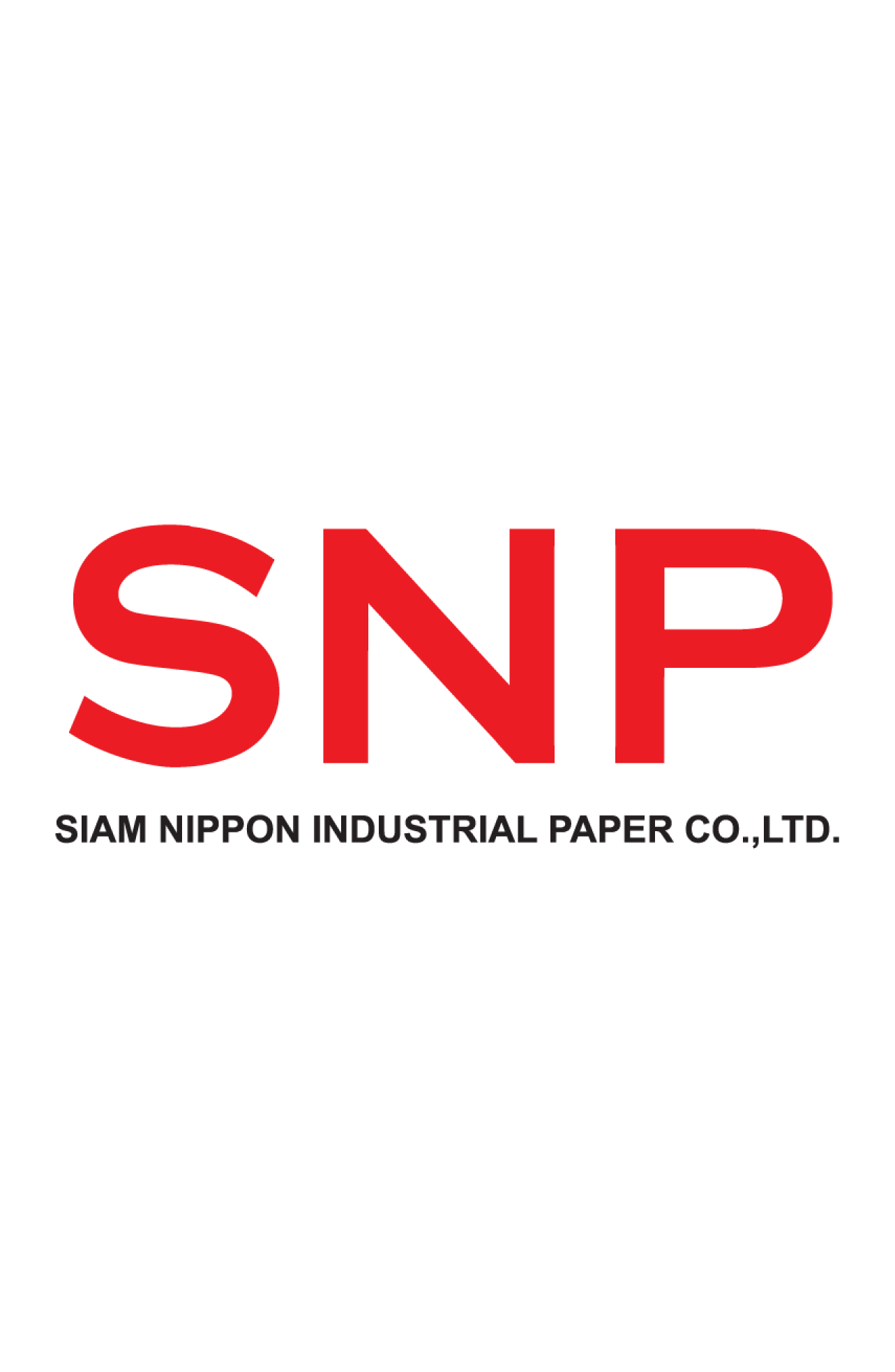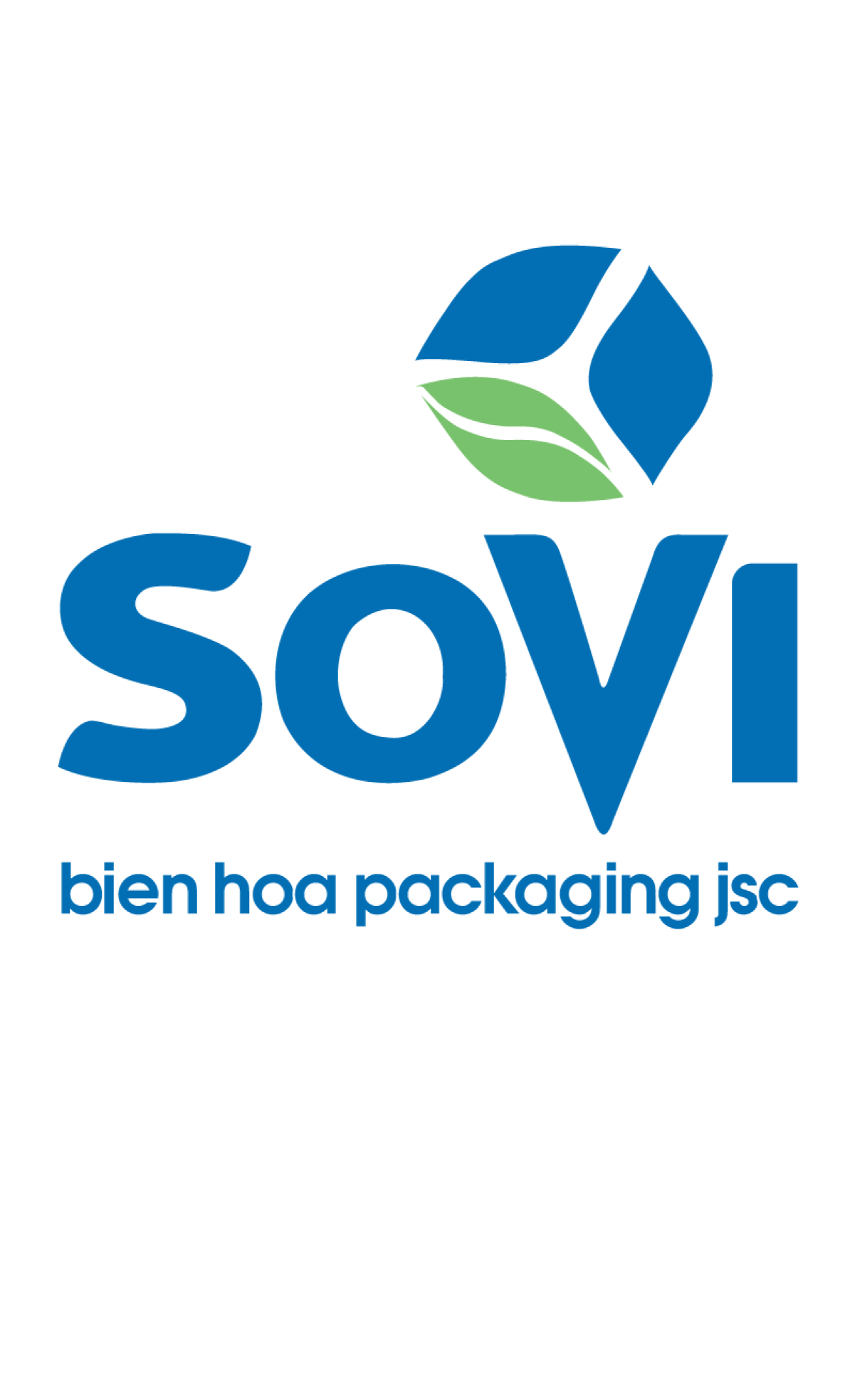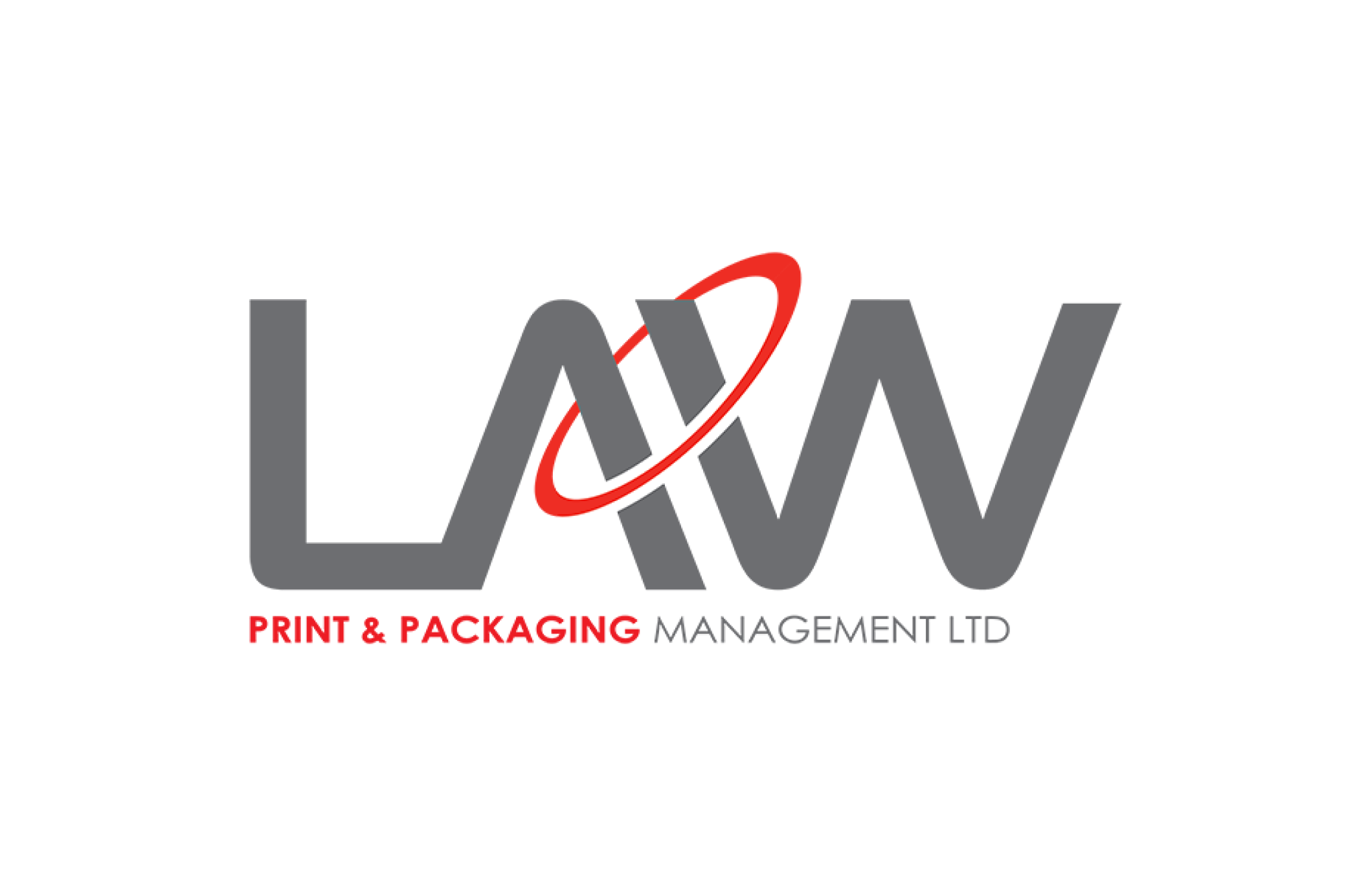Methoe: Packaging for LED bulbs

Team : สามทหารเสีย
Member
Ms Pornnaphat Mueanlao
Ms Benchaporn Sawiwat
Ms Phonnikan Jaidee
Market Situation Analysis
The packaging business in Thailand has been growing steadily, supported by changes in consumer behavior during the COVID-19 pandemic. Most consumers have chosen to do more activities at home, such as working, eating, and online shopping. This has led to a clear increase in demand for various types of packaging. In 2022, the packaging market in Thailand expanded by 10.5%, reaching a value of over 644 billion baht. The main growth came from metal packaging (11.5%), plastic packaging (11.3%), and paper packaging (8.7%), clearly reflecting the growth trend of the packaging industry in Thailand.
This growth has led packaging entrepreneurs to adjust their strategies to accommodate the increasing demand. One of the key strategies seen as responding well to the current situation is the production of environmentally friendly packaging. Consumers and companies are beginning to show interest in packaging that can be recycled or produced from recycled materials. Additionally, the development of packaging for the light bulb industry is another market with increasing competition, where brands need to use distinctive packaging design strategies to differentiate themselves.
Light bulb packaging that can be recycled or biodegraded naturally is becoming increasingly popular due to stricter environmental laws and consumer demand for more environmentally conscious products. Many companies have started using eco-friendly materials such as kraft paper or biodegradable films. Meanwhile, some companies have experimented with smart packaging technologies like NFC or QR codes to provide additional information about products and usage. New material innovations such as bioplastics or biodegradable materials are also becoming popular in light bulb packaging to align with environmental policies.
In conclusion, the packaging market for light bulbs is developing alongside consumer demands and environmental trends. Companies must adapt to the increasing use of light bulbs while also prioritizing packaging that can protect products and be environmentally sustainable.
SWOT Analysis
Strengths
- The ability to reuse, reduce, recycle, and upcycle packaging addresses environmental concerns and aligns with market trends focusing on sustainability, enhancing brand image in consumers' eyes.
- Adding value to packaging by designing it to be converted into a lamp (upcycle) increases the product's value and benefits, making consumers feel they are getting more value for their purchase.
- Environmentally friendly packaging can attract consumers who prioritize environmental conservation, a group that is continuously growing.
- The use of NFC in packaging helps increase market prominence and differentiation from competitors, especially in terms of innovation and digital connectivity.
Weaknesses
- Higher production costs due to the use of quality materials and technologies to make packaging reusable, recyclable, and reducible, which may result in higher selling prices compared to conventional packaging.
- Design complexity: Designing packaging that can be converted into a lamp may require more complex technology and production processes, affecting development time and resources.
Opportunities
- The growing market of environmentally conscious consumers presents a significant opportunity for this type of packaging to expand market share and grow.
- Adapting to laws and regulations regarding plastic reduction and recycling promotion in many countries helps companies comply with legislation and benefit from these requirements.
- The ability to differentiate in a highly competitive market: Multi-functional and upcyclable packaging will help increase product distinctiveness.
Threats
- Competition from cheaper products: Sustainability-focused packaging may need to be priced higher, which could be disadvantageous when competing with cheaper products that are not environmentally friendly.
- Rapid technological changes may make developed packaging obsolete or require new investments in production technology development.
- Varying consumer perception and acceptance: While one group of consumers may be interested in environmental issues, there are still consumer groups that do not prioritize recycling or upcycling, making it difficult to reach all consumer segments.
Design of packaging for social and environmental benefits of the presented brand and product
This environmentally friendly light bulb packaging has several outstanding features. Starting with sustainability, it is made from recyclable and biodegradable materials such as recycled paper and bioplastics, helping to sustainably reduce environmental impact. The packaging is also designed to be reusable, transforming into a lamp after use, adding value beyond single-use.
Additionally, it focuses on reducing material usage (Reduce) by using less material without compromising product protection, reducing waste from the source. At the same time, this packaging is easily recyclable after use, helping to reduce waste generation and support environmental conservation.
The packaging also has upcycling properties, designed to be immediately repurposed as a lamp, using heat-resistant materials with an attractive design. Moreover, its user-friendly design increases convenience in opening and use, and the incorporation of NFC technology reduces the need for printed manuals or documents accompanying the product, as all information can be provided through NFC, helping to reduce paper usage and environmental impact, promoting sustainability concepts while prioritizing safety.
Finally, this packaging not only meets functional needs but also adds value (Value-Added Packaging) as it can be used in various ways, addressing market trends that prioritize environmental protection (Eco-Friendly Trend), which is increasingly important to consumers today.
Target Groups
Primary Target Customers:
- Environmentally Conscious Consumers 1.1) Consumers who prioritize using eco-friendly products, seeking options to reduce waste and use sustainable materials. 1.2) Often aware of environmental issues like climate change and tend to support brands aligned with these values. 1.3. Age: 25-45 years 1.4. Occupation: Company employees, entrepreneurs, environmentalists 1.5. Behavior: Prefer products certified as environmentally friendly and value recycling or upcycling
- Value-Oriented Users 2.1) Those looking for value from products or packaging that can be used more than once. 2.2) The ability to upcycle packaging into a lamp is a selling point that makes them view the product as valuable. 2.3) Age: 30-50 years 2.4. Occupation: Homemakers, business owners, those looking to save on expenses
Secondary Target Customers:
- Companies and Organizations Interested in Sustainability 1.1) Companies seeking eco-friendly packaging to address CSR (Corporate Social Responsibility) and reduce greenhouse gas emissions from production processes. 1.2) Companies that use light bulbs as part of their operations or have products requiring packaging focused on recycling and waste reduction.
- Retail Stores and Small Business Entrepreneurs 2.1) Stores focusing on specially designed products like home decor or lifestyle goods, seeking packaging that can be upcycled to add value and attract customers. 2.2) This group is interested in products that can be repurposed, such as using packaging as part of store merchandise like lamps or flower vases.
Insight
From consumer interviews conducted in the area, the following pain points were identified regarding light bulb packaging:
- Fragility and insufficient protection: Packaging is vulnerable and may break easily during transport or storage if it cannot adequately protect against impacts or pressure. This results in damaged light bulbs during transit, causing financial losses for both sellers and buyers.
- Use of environmentally unfriendly materials: Many light bulb packages still use plastic foam or hard plastic that are not easily recyclable. This contributes to plastic waste problems and environmental damage, contradicting the growing consumer trend towards environmental conservation.
- Difficult to open: Sometimes packaging made from hard materials, such as rigid plastic encasing the light bulb, makes it challenging for users to open. This may require scissors or tools to open and could potentially damage the bulb or cause injury. It creates frustration and inconvenience, leading to a poor consumer experience.
- Unattractive design: Packaging sometimes lacks appeal or has outdated designs, failing to attract consumer attention.
Brand Development Goals
SMART Analysis:
- Specific: The goal is to design environmentally friendly light bulb packaging that can be reused, reduced in material usage, recycled, and upcycled into a lamp while maintaining product protection and providing economic value to consumers.
- Measurable: Progress can be measured by setting indicators such as reducing new material usage by 20%, increasing packaging recycling rates to over 50%, or increasing the number of users who reuse or upcycle packaging to 30% within one year.
- Achievable: Designing eco-friendly packaging that can be upcycled is feasible using existing materials like biodegradable bioplastics and collaborating with packaging design and production companies.
- Relevant: This goal aligns with current market trends and consumer demands for environmentally friendly products, as well as government regulations pushing for reduced plastic use and increased recycling.
- Time-bound: Set a goal to launch the new packaging in the market within 12 months, aiming to generate 50% of total packaging sales from eco-friendly packaging within 2 years.
Marketing Activities and Brand Development through Packaging
- Experiential Marketing: Create experiences for customers to directly interact with and try the product or service, helping them better remember and understand the product's value.
- Using Packaging for Marketing Promotion: Enhance packaging functionality by incorporating NFC technology, allowing consumers to access additional product information such as usage instructions, videos, or promotions, demonstrating care for consumers and increasing long-term engagement opportunities.
- Innovative Packaging Development: Develop innovative designs that address usage needs and offer multiple functions, such as conversion into a lamp (upcycling), use as a storage box, or flower vase, adding value to the product and creating positive brand recall.
- Packaging that Creates a Great First Impression: a. Eye-catching design: Use appropriate colors, shapes, and graphics to immediately attract consumer attention. b. Design for a positive unboxing experience: Easy-to-open packaging that creates excitement when unwrapping, making consumers feel special and leaving a good impression from the first touch and use.
- Digital Marketing: a. Use online channels to promote products, such as SEO to increase website traffic, content marketing through social media, and creating social media campaigns that encourage user-generated content sharing through hashtags.
Marketing and Brand Measurement
- Digital Marketing Metrics: Website Traffic: Measure the number of website visitors and analyze traffic trends from different sources such as SEO, Social Media, or advertising.Click-Through Rate (CTR): Measure the number of clicks on advertisements or content used to promote the brand, reflecting consumer interest in the presented content.Social Media Engagement: Observe the number of likes, shares, and comments on posts across various platforms, reflecting the connection with the target audience.Conversion Rate: Measure the number of visitors who perform important actions, such as purchasing products or signing up for membership.
- Website Traffic: Measure the number of website visitors and analyze traffic trends from different sources such as SEO, Social Media, or advertising.
- Click-Through Rate (CTR): Measure the number of clicks on advertisements or content used to promote the brand, reflecting consumer interest in the presented content.
- Social Media Engagement: Observe the number of likes, shares, and comments on posts across various platforms, reflecting the connection with the target audience.
- Conversion Rate: Measure the number of visitors who perform important actions, such as purchasing products or signing up for membership.
- Brand Interaction Measurement: In-Store Sales: Measure sales from various points of sale to determine which locations or marketing strategies impact sales.Customer Acquisition: Measure the number of new customers gained from marketing campaigns and various strategies.Repeat Purchase Rate: Analyze the number of customers who repurchase products or services, reflecting satisfaction and brand loyalty.ROI (Return on Investment): Calculate the return on marketing investments to assess whether such investments are worthwhile.
- In-Store Sales: Measure sales from various points of sale to determine which locations or marketing strategies impact sales.
- Customer Acquisition: Measure the number of new customers gained from marketing campaigns and various strategies.
- Repeat Purchase Rate: Analyze the number of customers who repurchase products or services, reflecting satisfaction and brand loyalty.
- ROI (Return on Investment): Calculate the return on marketing investments to assess whether such investments are worthwhile.
- Brand Measurement: Brand Awareness: Measure the level of brand recognition or recall among the target audience, which can be done through questionnaires or surveys.Brand Affinity: Measure how positively consumers feel about the brand and how they perceive the brand in terms of value and emotional connection.Brand Image: Analyze how consumers view the brand, such as environmental image, quality, or value for money. This can be measured through customer satisfaction surveys and feedback.
- Brand Awareness: Measure the level of brand recognition or recall among the target audience, which can be done through questionnaires or surveys.
- Brand Affinity: Measure how positively consumers feel about the brand and how they perceive the brand in terms of value and emotional connection.
- Brand Image: Analyze how consumers view the brand, such as environmental image, quality, or value for money. This can be measured through customer satisfaction surveys and feedback.

